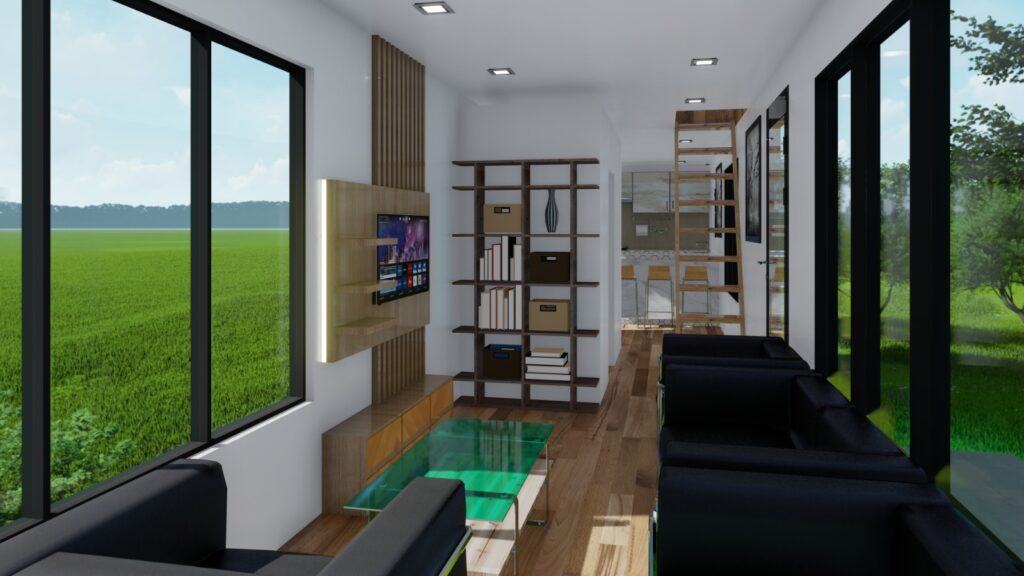
Understanding the Basics of Container Home Construction
At the core of a container home lies the shipping container itself. These steel boxes come in various sizes, the most common being the 20-foot and 40-foot variants. The choice depends on the space requirements and design aspirations of the homeowner. The containers are then modified and fitted with home essentials, transforming them into livable spaces. This process involves cutting for windows and doors, insulation, framing, and interior finishing.
Planning and Designing a Container Home
Designing a container home is where creativity meets functionality. The architectural possibilities are vast, ranging from single-container studios to elaborate multi-container configurations. The key is to balance aesthetic appeal with practicality, ensuring that the home is not just visually pleasing but also comfortable and livable. Interior and exterior designs can be as minimalist or as lavish as desired, influenced by personal taste and budget.
Cost Factors in Building a Container Home
The cost of building a container home can vary widely, depending on several factors. Key components include the price of the containers themselves, which can range from a few thousand dollars for used containers to higher amounts for new or specialized units. Other significant expenses include site preparation (like laying a foundation), which can vary depending on the land's condition and the local climate.
Construction Costs of Container Homes
One of the main attractions of container homes is their potential for cost savings in construction. However, costs can escalate if not carefully managed. Structural modifications, such as reinforcing the containers for stacking, can add to the budget. Additionally, insulation is crucial for making the home comfortable against external temperatures, and this can be a significant part of the construction cost.
Interior Finishing and Aesthetics
The interior of a container home can range from simple and functional to high-end luxury, directly impacting the overall cost. Basic finishing might include simple plywood or drywall, while more luxurious options might feature custom cabinetry, high-quality flooring, and state-of-the-art appliances. Furnishings and décor also play a role in both the aesthetics and the budget.
Utilities and Services Installation
Installing utilities like electricity, plumbing, and HVAC is essential for making a container home livable. These costs can be on par with traditional home installations. However, container homes offer unique opportunities for integrating sustainable solutions like solar panels or rainwater harvesting systems, which, while having an upfront cost, can lead to long-term savings and environmental benefits.
Conclusion
In conclusion, the cost of building a container home is influenced by a myriad of factors, from the initial purchase of the containers to the final touches of interior design. While container homes can be a more affordable alternative to traditional housing, it's important to carefully plan and budget for all aspects of construction to avoid unexpected expenses. With thoughtful planning and a clear vision, a container home can offer a unique, sustainable, and cost-effective living space.
FAQs
What is the average cost of building a container home?
The average cost can range from $10,000 for a basic setup to over $100,000 for a luxurious, multi-container home.
How long does it take to build a container home?
Construction time varies but can be significantly shorter than traditional homes, often taking a few months.
Are container homes durable?
Yes, container homes are known for their durability, as shipping containers are designed to withstand harsh conditions.
Can container homes be eco-friendly?
Absolutely, container homes repurpose used shipping containers and can be fitted with sustainable features like solar panels.
Do container homes require maintenance?
Like any home, they require maintenance, but they are generally less demanding due to their robust construction.
Are container homes customizable?
Yes, one of the biggest advantages of container homes is their high degree of customizability in design and layout.